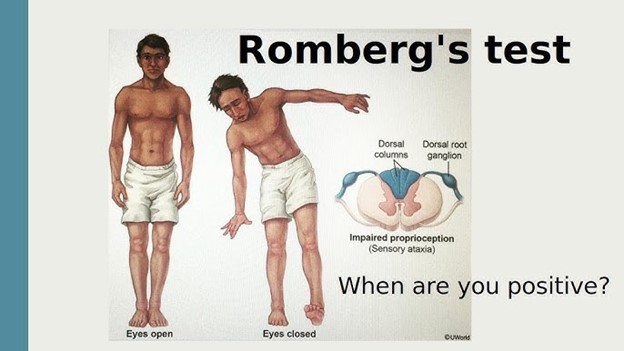A nurse is caring for a client who is receiving intermittent enteral feedings. Which of the following is the first action the nurse should take?
Measure the client's gastric residual before each feeding.
Change the bag and tubing every 24 hr.
Document intake and output.
Flush the tubing with 30 mL of water after each feeding.
The Correct Answer is A
The correct answer is Choice A - Measure the client's gastric residual before each feeding.
Choice A rationale:
The nurse's first action in caring for a client receiving intermittent enteral feedings should be to measure the client's gastric residual before each feeding. Gastric residual volume helps assess the client's tolerance to enteral feedings and can indicate delayed gastric emptying or potential complications like aspiration. If the residual volume is high, the nurse can collaborate with the healthcare team to determine whether to hold the feeding, adjust the feeding rate, or take other appropriate actions to ensure the client's safety and optimal nutritional status.
Choice B rationale:
Changing the enteral feeding bag and tubing every 24 hours is important to maintain the sterility and integrity of the feeding system. However, it is not the first action the nurse should take. The priority is to assess the client's tolerance to the feeding by measuring gastric residuals, which helps prevent complications.
Choice C rationale:
Documenting intake and output is a crucial aspect of nursing care for all clients, including those receiving enteral feedings. However, in the context of intermittent enteral feedings, measuring gastric residuals before each feeding is a more immediate and specific action to ensure the client's safety and well-being.
Choice D rationale:
Flushing the tubing with 30 mL of water after each feeding is important to prevent clogging and maintain the patency of the enteral feeding tube. However, this action is secondary to measuring gastric residuals, which directly assesses the client's tolerance to the feedings and helps prevent complications.
Nursing Test Bank
Naxlex Comprehensive Predictor Exams
Related Questions
Correct Answer is C
Explanation
The correct answer is choicec. Release of personal belongings form.
Choice A rationale:
Completion of an incident report is not typically part of postmortem care documentation unless there was an unusual or unexpected event surrounding the death.
Choice B rationale:
While the name of the nurse certifying the client’s death is important, it is usually documented separately in the death certificate or other official records, not necessarily in the postmortem care documentation.
Choice C rationale:
The release of personal belongings form is crucial as it ensures that the client’s belongings are properly accounted for and handed over to the appropriate person, providing a clear record of what was released and to whom.
Choice D rationale:
Documenting one client identifier at the time of death is important, but it is not specific to postmortem care documentation. Identifiers are generally used throughout the client’s medical record to ensure accuracy and consistency.
Correct Answer is A
Explanation
The correct answer is choice A: "Stand with your feet together and your arms at your sides."
Choice A rationale:
This statement is correct. The nurse should instruct the client to stand with their feet together and their arms at their sides for a Romberg test. This position helps to assess the client's ability to maintain balance with minimal sensory input, evaluating their proprioception and vestibular function.

Choice B rationale:
The instruction about the tuning fork is unrelated to the Romberg test. The tuning fork is commonly used to assess hearing and vibratory sensations, not balance.
Choice C rationale:
This statement is unrelated to the Romberg test. Mentioning the lateral side of the foot suggests a neurological examination related to assessing reflexes, such as the Babinski reflex.
Choice D rationale:
This instruction pertains to a different test known as the "finger-to-nose" test, which is used to assess coordination, not balance.
Whether you are a student looking to ace your exams or a practicing nurse seeking to enhance your expertise , our nursing education contents will empower you with the confidence and competence to make a difference in the lives of patients and become a respected leader in the healthcare field.
Visit Naxlex, invest in your future and unlock endless possibilities with our unparalleled nursing education contents today
Report Wrong Answer on the Current Question
Do you disagree with the answer? If yes, what is your expected answer? Explain.
Kindly be descriptive with the issue you are facing.
